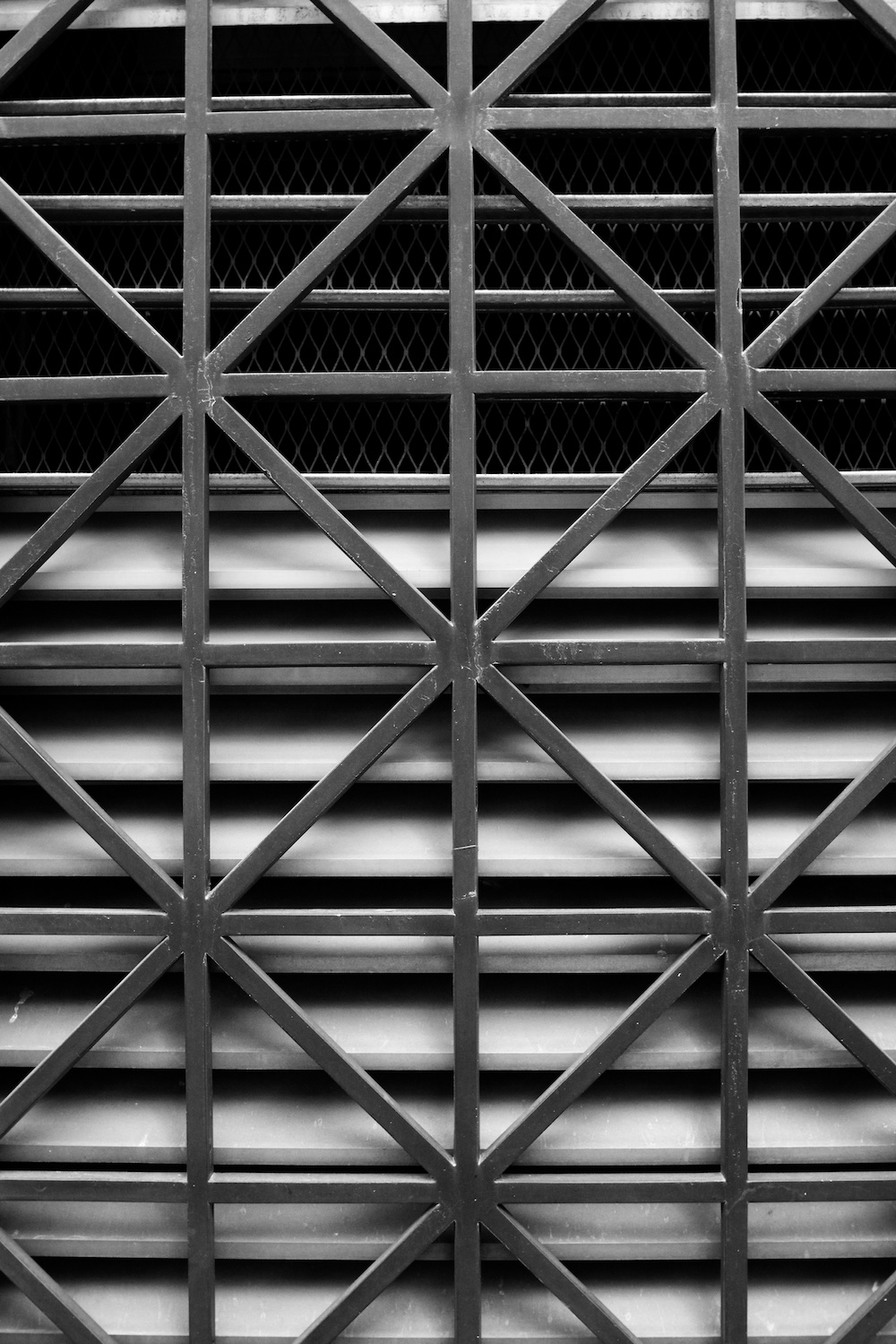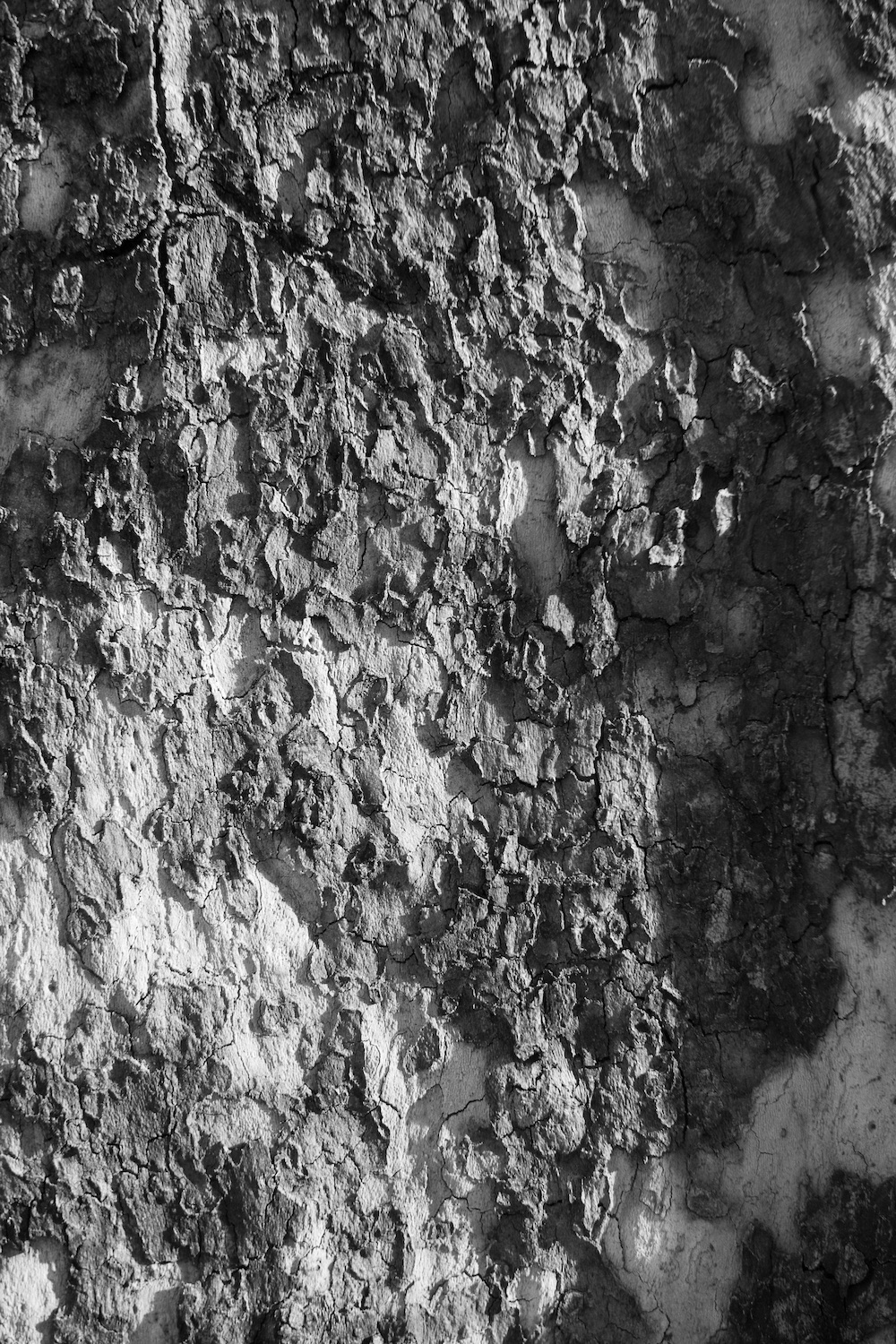On a recent episode of the podcast On Taking Pictures, a listener asked the hosts when a photo should be in black and white. One answer I recall off the top of my head was the advice to not rely black and white to fix a photo's problems (I have definitely done this, though usually in the context of a grainy low light photo at a bar). I believe the other answers were to use black and white when you want to draw focus to the composition of the image, and when color would otherwise be distracting.
For my own part, most of the time black and white is a choice I make during editing, using the same process I apply to all my photos- fix any exposure issues, and then adjust settings until I feel some kind of positive response to the image. No tears of joy or ear to ear smiles, just a slight feeling inside when I look at it that says "Ah. That's nice." Street photography usually gets black and white out of this process. Most of the pro street work that I've seen is in black and white, so it feels good to emulate that. Applying black and white can also give a classic, old timey feel, and using that on New York City imagery that's already iconic feels like a double bonus.
Also, I can't think of black and white imagery of New York without thinking of Woody Allen's Manhattan. I love that movie, in large part due to its beautiful cinematography.
Other black and white decisions for me largely have to do with texture. For example, if there's a single person in front of a heavily textured background, say, a wall of vines, then I might not use black and white because that usually draws my eye towards the texture rather than the person. On the other hand, if I'm interested in a texture itself, like subway grates or patterns, then I like black and white there because it draws more of my attention into that texture.
These things in mind, I opted to experiment this weekend by "shooting in black and white". When I run into the city to take photos, if I don't have a specific focus, I'll wind up taking photos of a lot of the same stuff, so I wanted to use this criteria to narrow my focus and hopefully come up with more interesting work (one of the On Taking Pictures co-hosts had done a similar exercise). I couldn't find a way to set my DSLR to display the images in black and white on the back, but I tried to only shoot those things that would look good in black and white. Then, in editing, I applied a black and white effect to everything before deciding what shots I wanted to keep.
Given that bit about Manhattan, it seemed perfect to shoot in Sutton Place, right around 58th Street and First Avenue.
Queensboro Bridge
Zooming out a bit, here's a very rough "then and now" of the shot from the film:
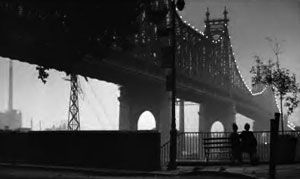

There are tiny parks at the dead ends of each street in this area. Each being a block apart, each view is only slightly different from the next, but I couldn't help but duck into each one to see what the park itself looked like, and how the view slightly changed. The parks must be nice for the local residents, though I imagine the locals may also steer clear of them so as to not deal with gawking photographers trying to copy shots from late 1970's romantic comedies.
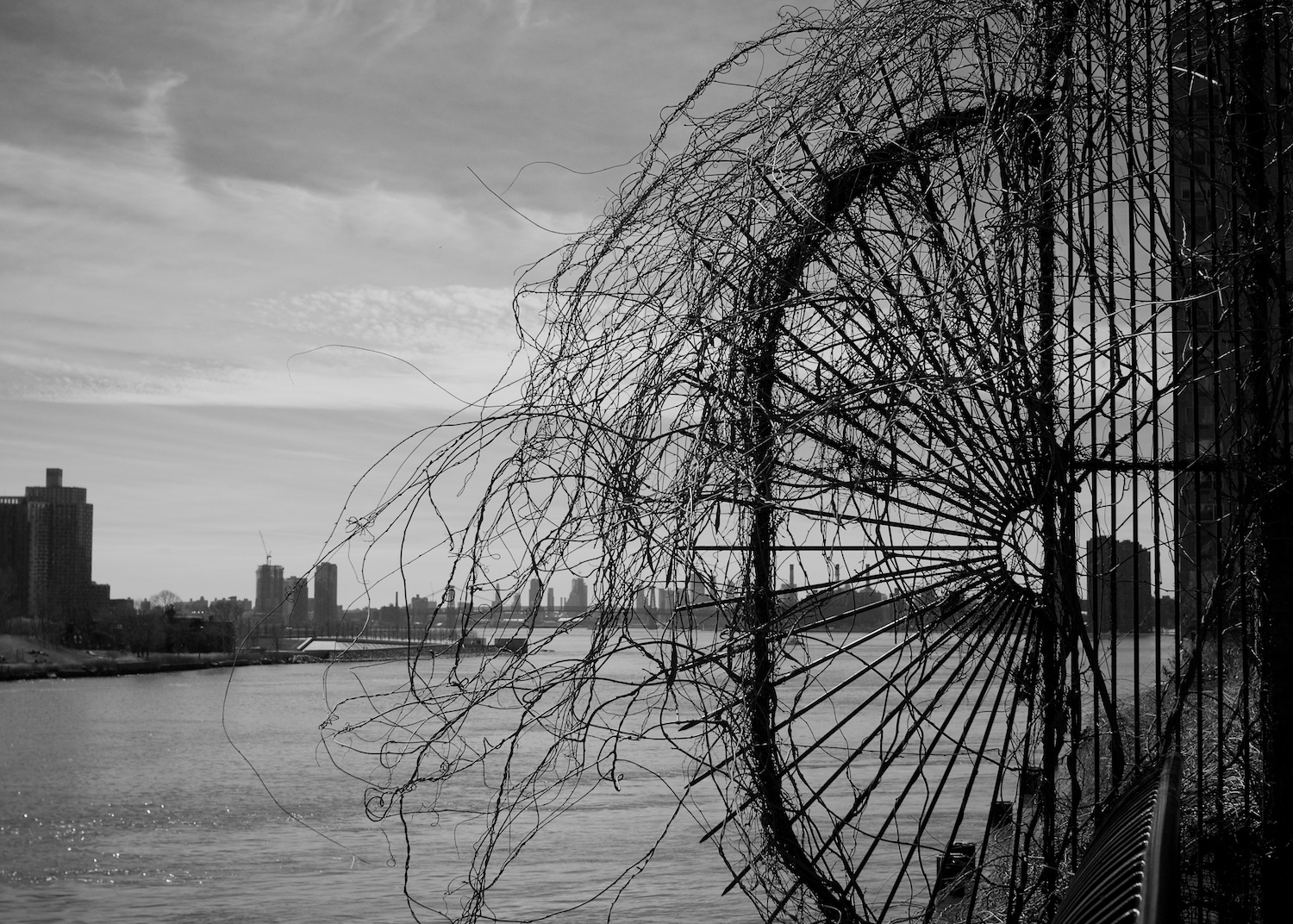
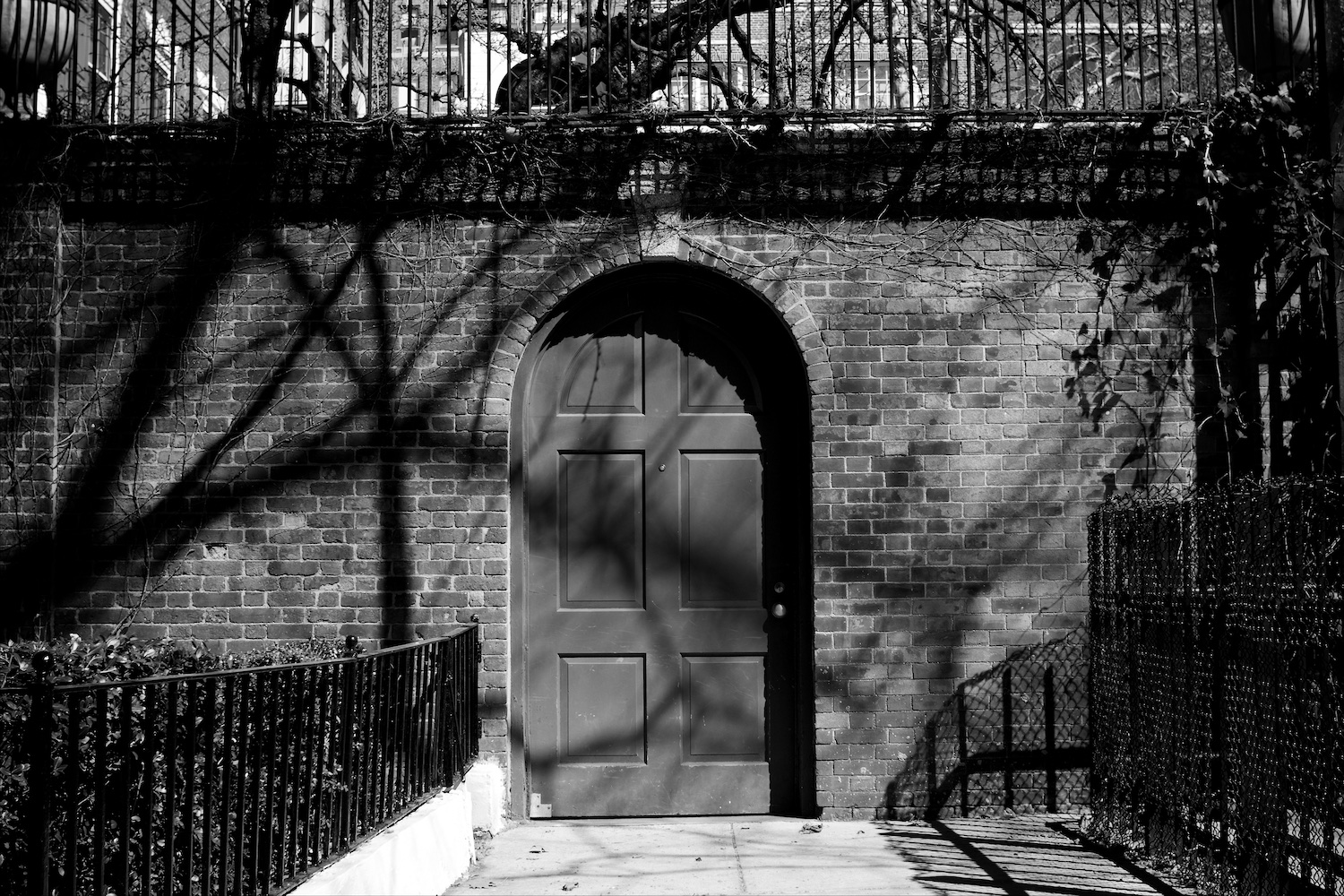
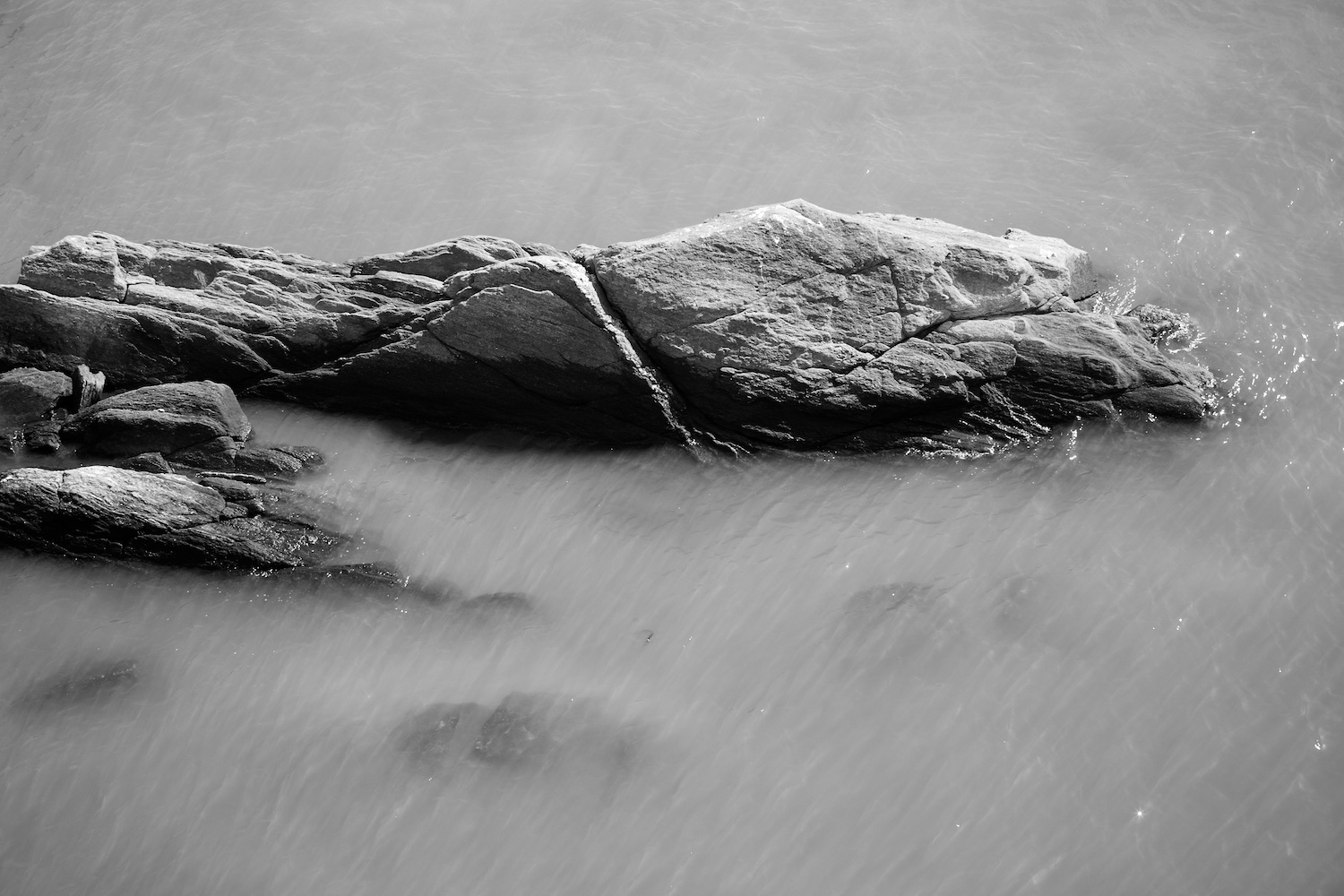
Back to the bit on textures, I kept an eye out for those. So if you were in the area seeing a dude with a camera carefully photographing subway grates, that was me.
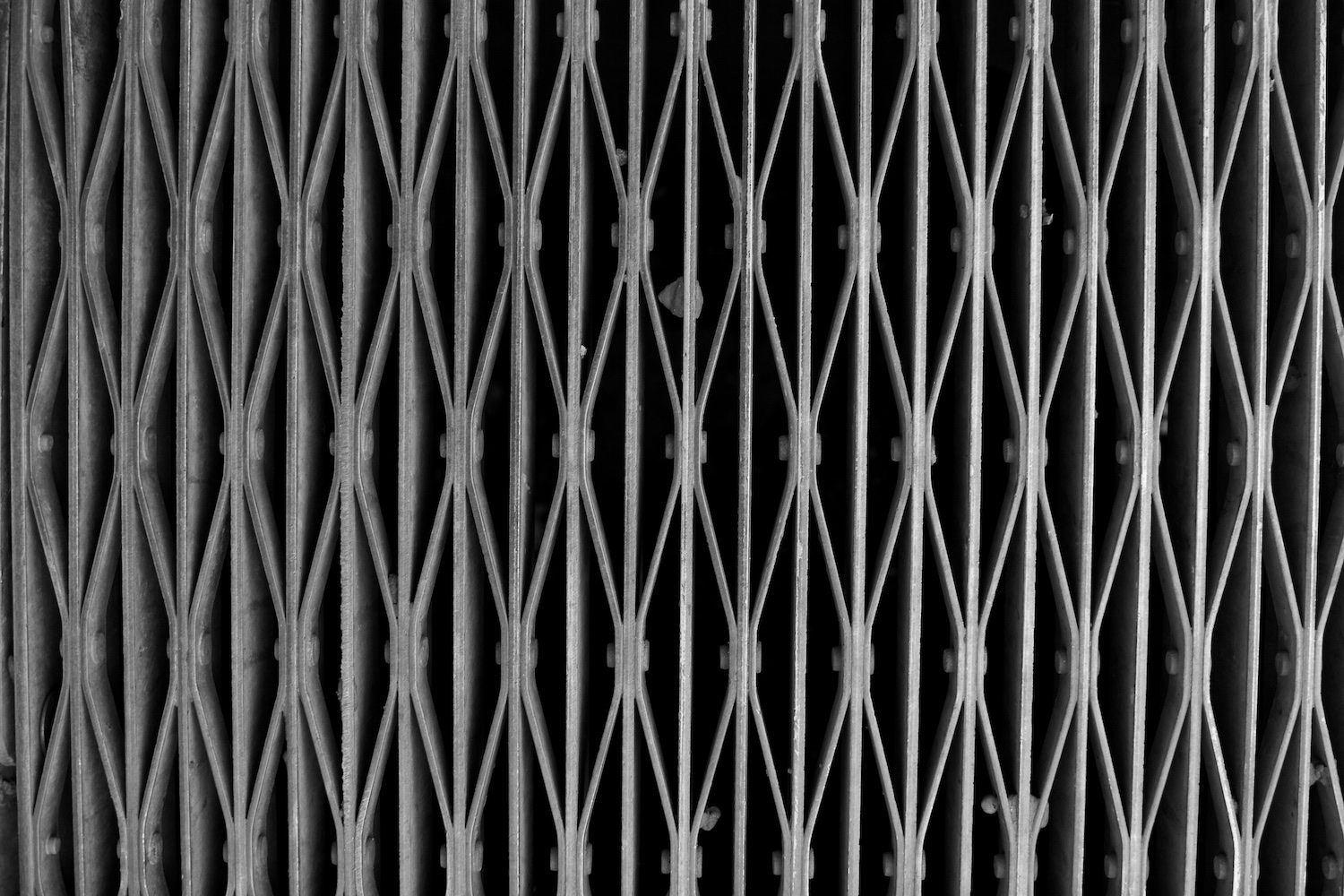
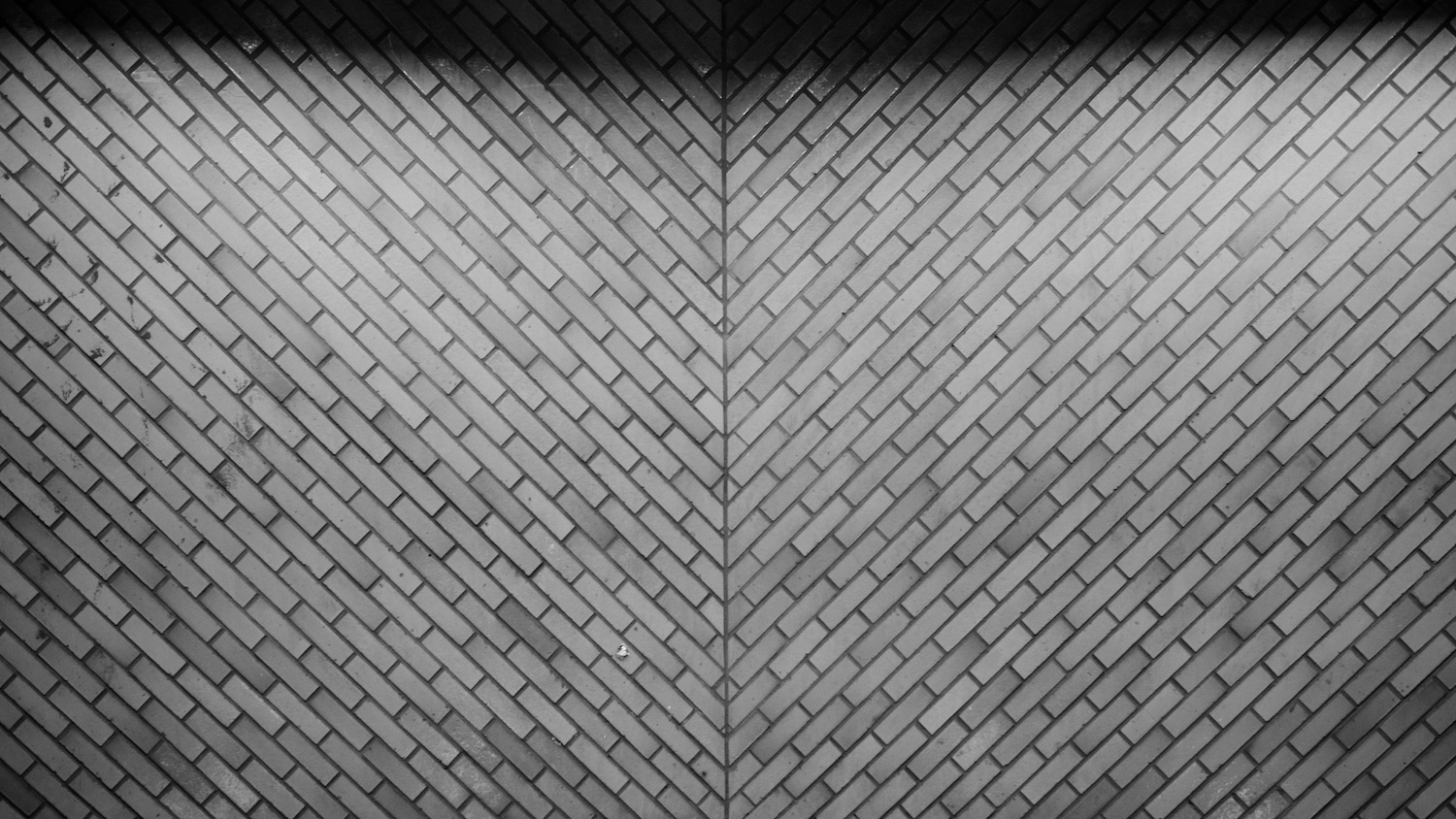



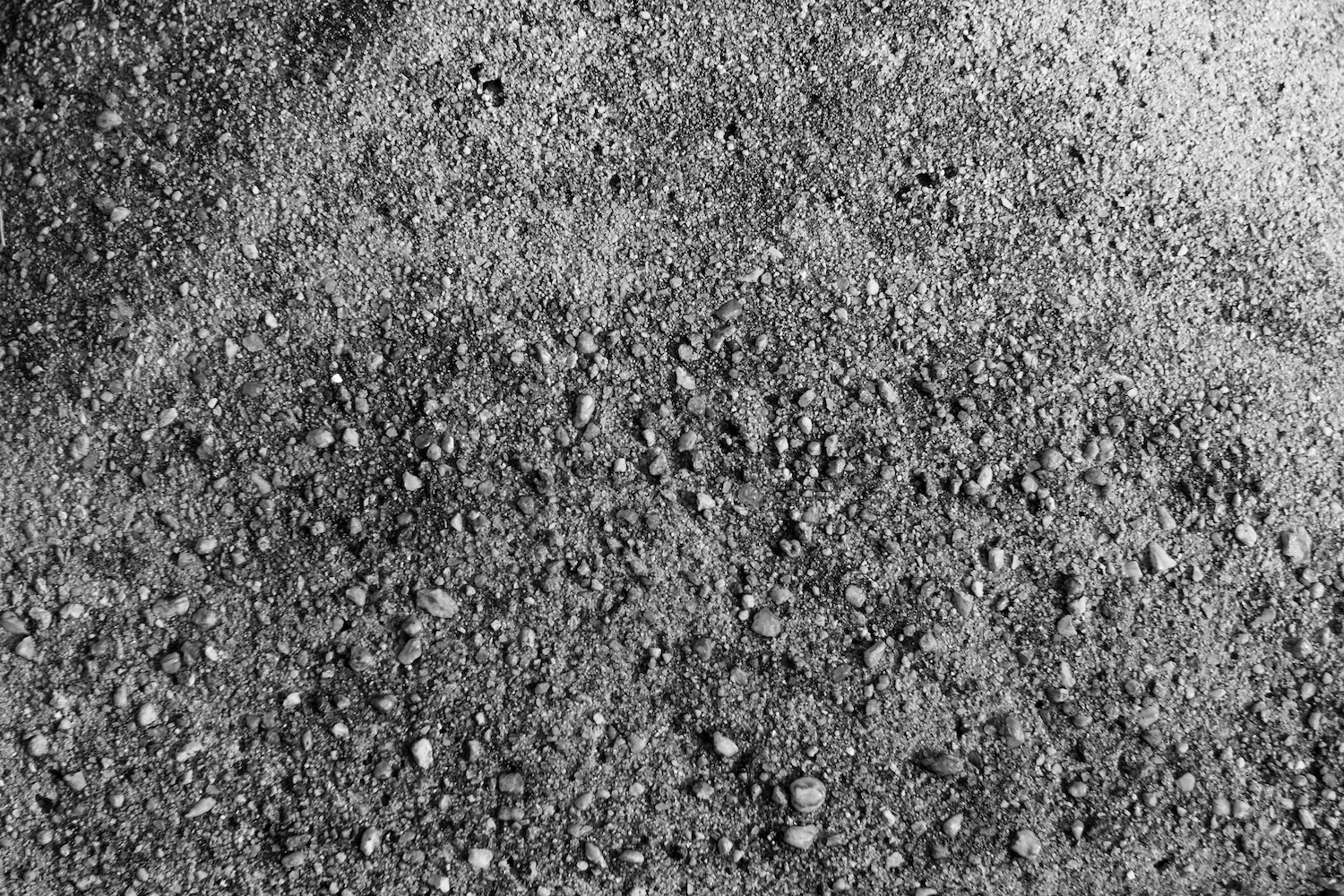
(The tree bark and pebble texture are from back in Astoria, not in this immediate neighborhood).
Some other shots from the neighborhood:
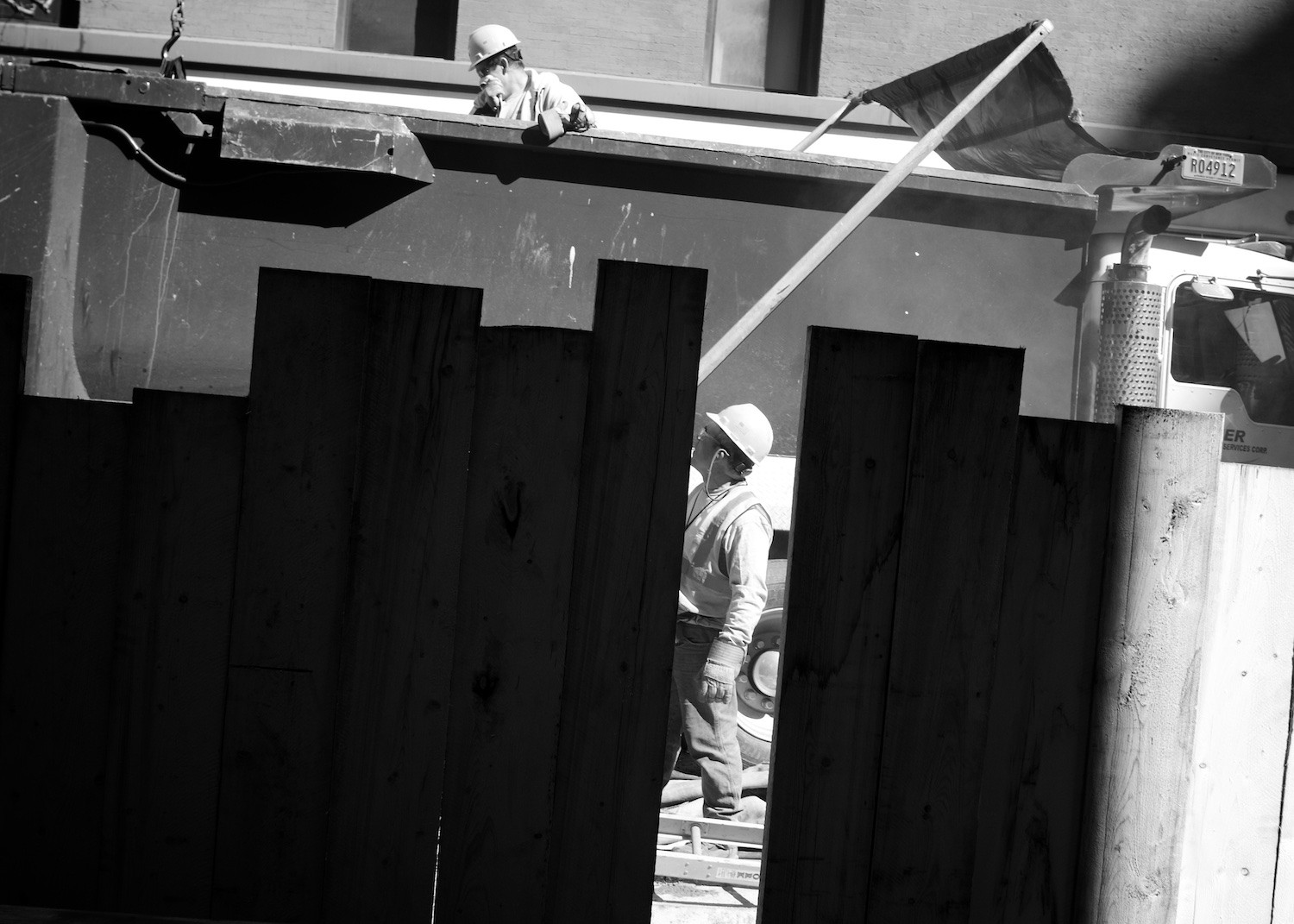

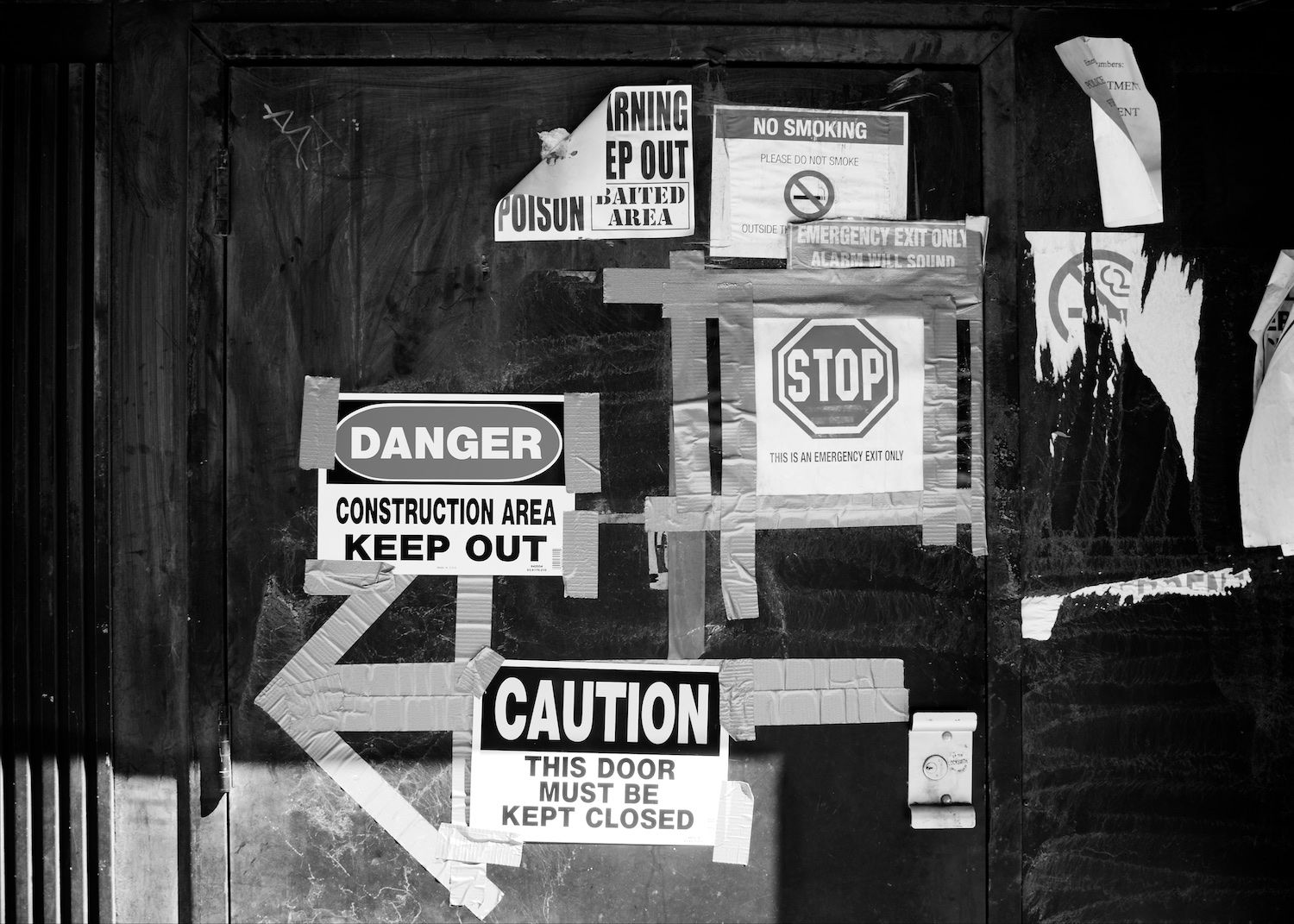

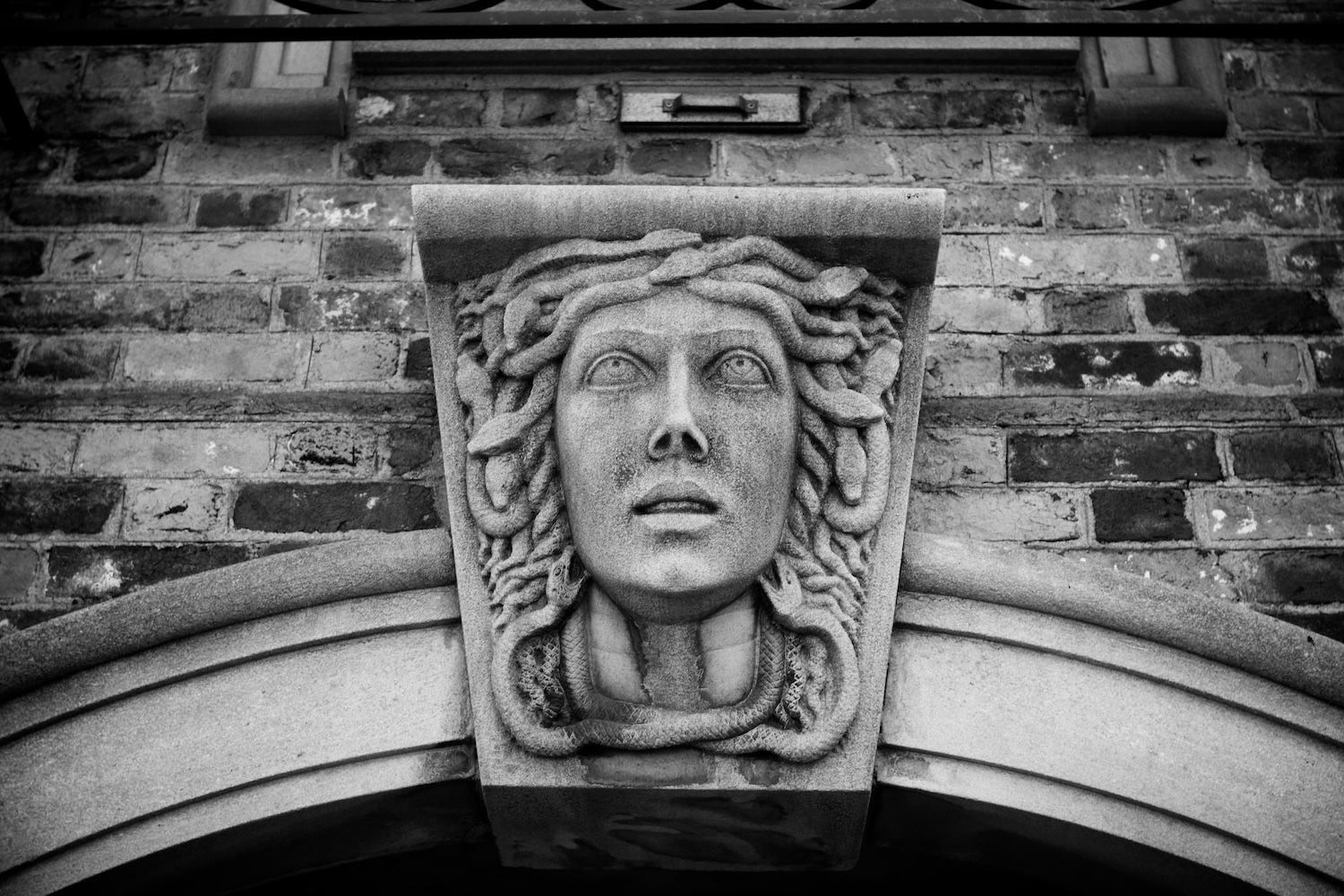

Shots up the front of building facades also met my interest because of their pattern and texture qualities.

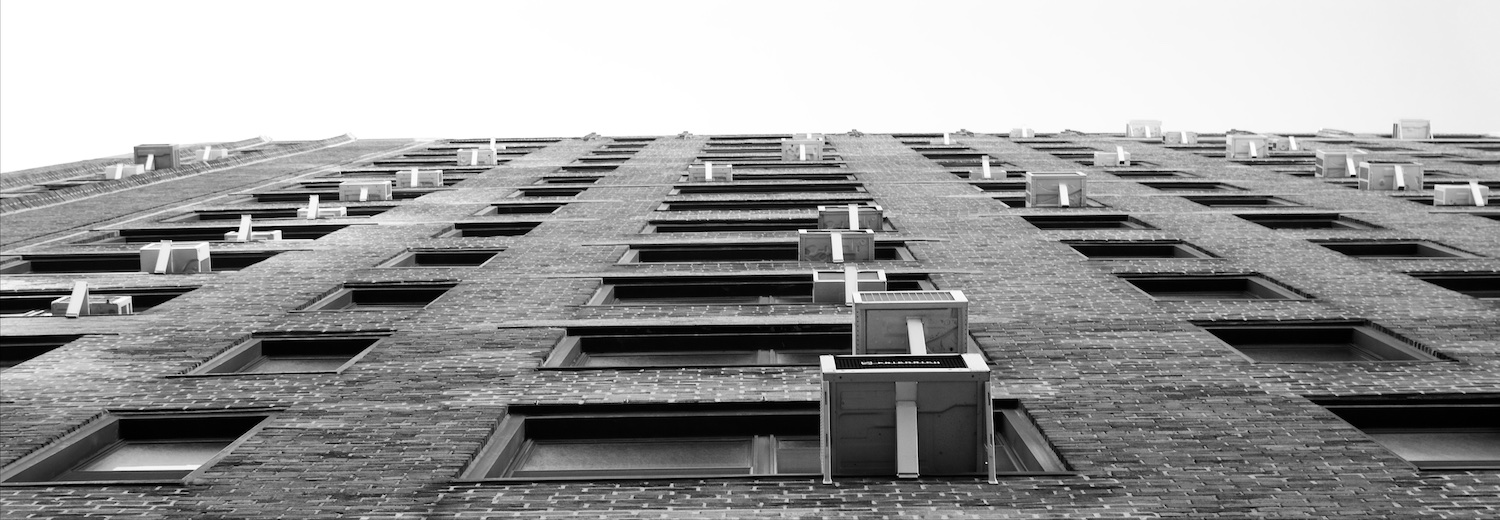
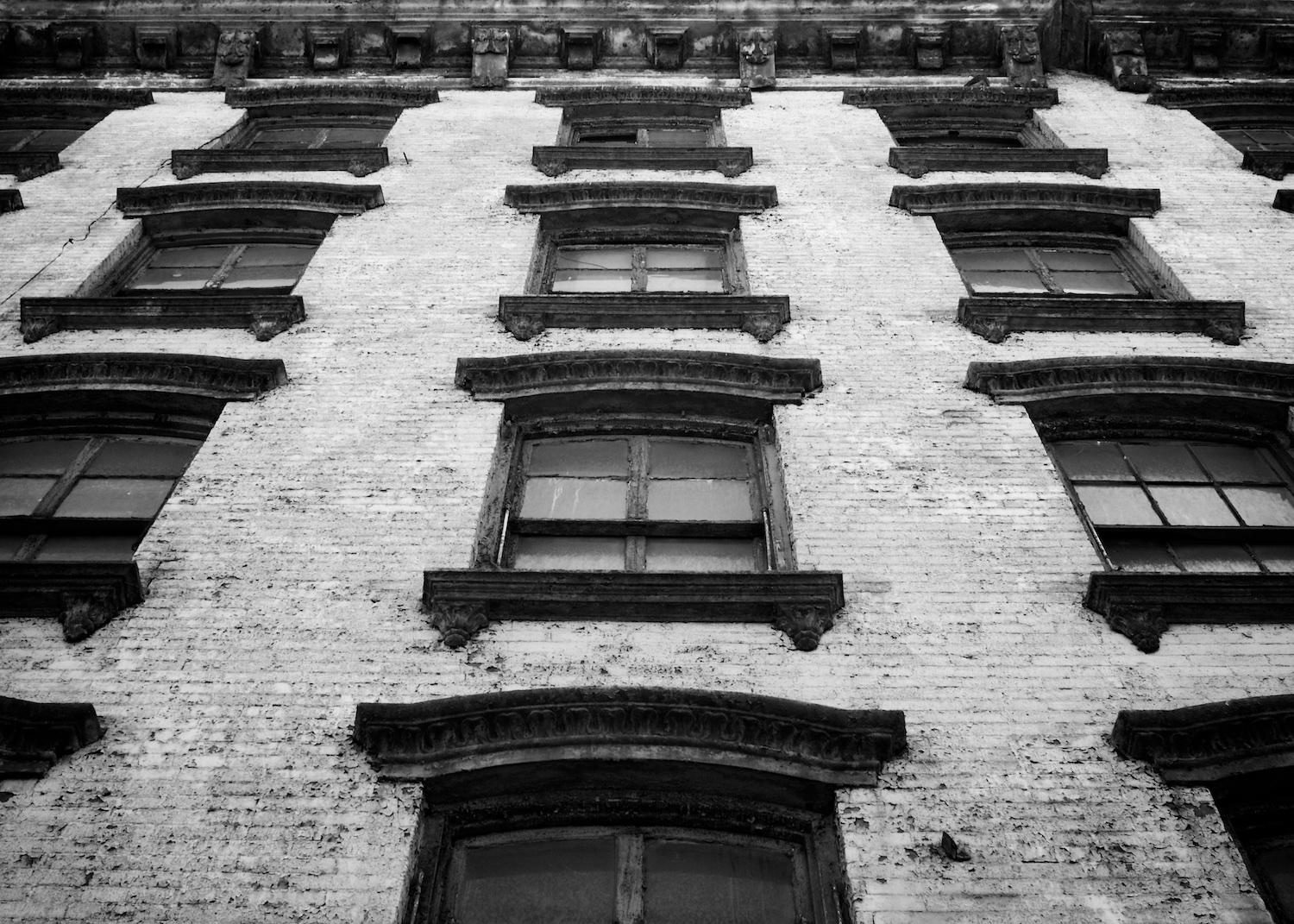
And in a very New York sort of moment, here's a gentleman tanning himself on a bench overlooking the East River Drive.
Tanning
